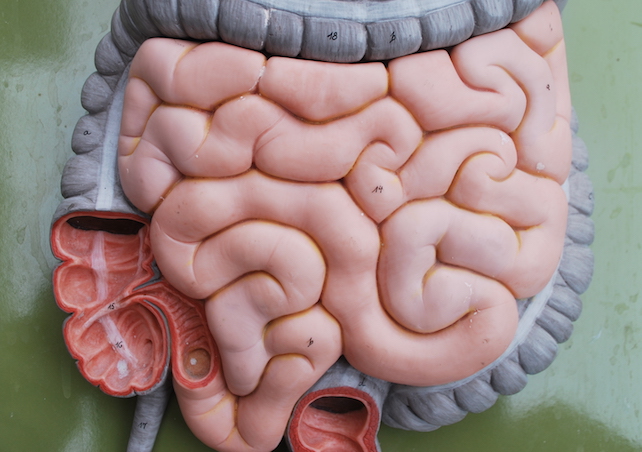The human digestive system is much more variable than we tend to think, according to a new study, with significant differences in gut anatomy even among healthy individuals.
This includes individual differences from person to person, the researchers report, plus broader differences such as those between women and men.
In one noteworthy example, the researchers found that women tend to have longer small intestines than men, by an average of 30.7 centimeters.
"Because having a longer small intestine helps you extract nutrients from your diet, this finding supports the canalization hypothesis, which posits that women are better able to survive during periods of stress," says Amanda Hale, co-first author of the study and a biologist at North Carolina State University (NCSU).
The study also revealed more granular differences, suggesting healthy human digestive systems are far more variable than many experts had appreciated.
"There was research more than a century ago that found variability in the relative lengths of human intestines, but this area has largely been ignored since then," Hale says. "When we began exploring this issue, we were astonished at the extent of the variability we found."
Studies about the morphology of human gastrointestinal tracts faded in popularity before the 20th century, the researchers note, and the handful of studies conducted since then have focused on the average lengths of organs without recording variation among individuals.
That has been a major oversight, the authors of the new study suggest, based on their findings that human GI tracts naturally come with a wide variety of differences.
"If you're talking to four different people, odds are good that all of them have different guts, in terms of the relative sizes of the organs that make up that system," says Erin McKenney, an ecologist at NCSU.
"For example, the cecum is an organ that's found at the nexus of the large and small intestine[s]. One person may have a cecum that is only a few centimeters long, while another may have a cecum the size of a coin purse," McKenney says. "And we found similar variability for many digestive organs."
The researchers point out that this has big implications for health care, emphasizing the importance of recognizing individual differences in gastrointestinal systems rather than focusing on typical or "normal" anatomy among humans in general.
"Given that there is more variation in human gut anatomy than we thought, this could inform our understanding of what is driving a range of health-related issues and how we treat them," McKenney says.
"Basically, now that we know this variability exists," she adds, "it raises a number of research questions that need to be explored."

One key takeaway from this research, the authors say, is that medical students should be learning about the breadth of variation in human digestive systems.
"It's particularly important in medical training because if students are only learning about a 'normal' or 'average' anatomy, that means they are not going to be familiar with the scope of human variation," says co-author Roxanne Larsen, a biologist at the University of Minnesota.
"Garnering experience in understanding anatomical variation can play a critical role in helping future doctors understand the importance of individualized medicine," she adds, noting it's "increasingly clear" the medical field is moving toward a more individualized approach.
The study also looked at digestive systems in a range of other animals, finding that "animal species differentially invest in specific digestive tissues," with significant correlation among these sites within a species.
The researchers point out, however, that humans stand apart for our high variation in intestinal length compared with other species. One possible explanation, they suggest, is that humans don't eat a "standardized captive diet," unlike many other species dissected for the study.
The human data in the new study are based on examinations of digestive organs from 45 people who donated their remains to the Duke University School of Medicine.
While these findings are revelatory, they add, more research is needed to illuminate the complete picture of variability in human GI tracts.
"We're excited about this discovery and future directions for the work," McKenney says. "It underscores just how little we know about our own bodies."
The study was published in PeerJ.
